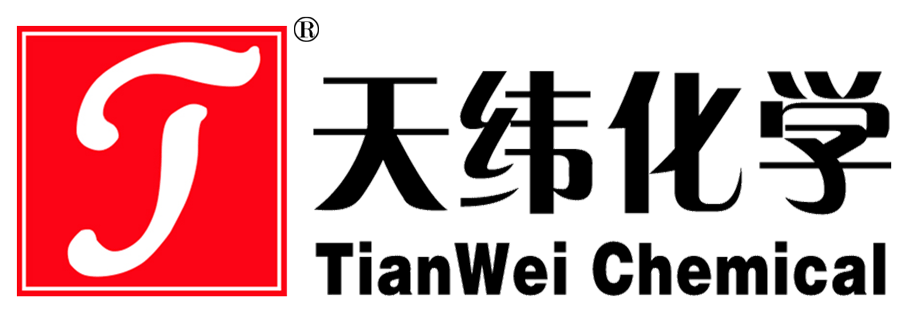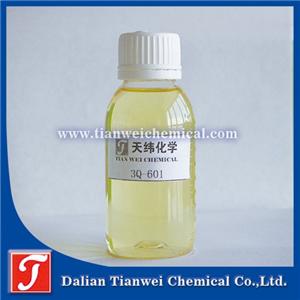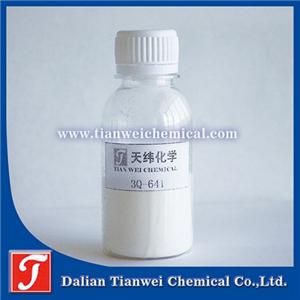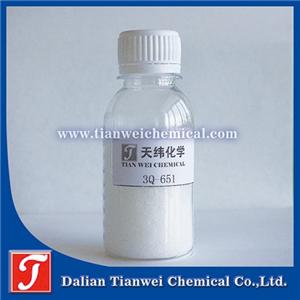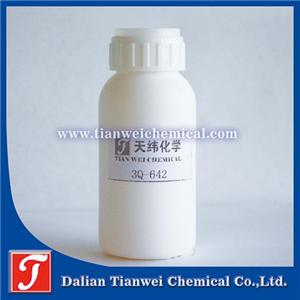Solution for adding antibacterial agents to nurse shoes
The core of the solution for adding antibacterial agents to nurse shoes lies in achieving long-lasting antibacterial properties, washability, safety and non-irritation, while also taking into account cost and production compatibility. The following is the specific plan and analysis:
Technical path selection: Long-lasting antibacterial and washability are the keys
Blending modification method
Principle: Antibacterial agents are directly integrated into the raw materials of shoe materials (such as TPV, rubber, and fabric), and antibacterial fibers or shoe soles are made through spinning or vulcanization processes.
Advantages: Long-lasting antibacterial effect, strong wash resistance, suitable for high-intensity usage scenarios (such as operating rooms and intensive care units).
Case
TPV material: By adding 0.1 to 0.3 parts of organic/inorganic bactericides to ethylene propylene diene monomer (EPDM) rubber and butadiene rubber (BR), and then vulcanizing and molding through an internal mixer, the antibacterial rate can reach over 99%, and the wear resistance and anti-slip property are also improved.
Fabric upper: The silver-zinc composite antibacterial agent is mixed with the spinning solution and antibacterial fibers are obtained through melt spinning. The inhibition rate against Staphylococcus aureus and Escherichia coli exceeds 99%, and it remains highly efficient even after 50 washes.
Post-processing method
Principle: Attach antibacterial agents to the surface of shoe materials through impregnation, spraying or coating.
Advantages: Simple process, low cost, suitable for rapid transformation of existing production lines.
Case
Spraying method: Spray the inner lining of shoes with organosilicon quaternary ammonium salt antibacterial agents to form an antibacterial coating. The killing rate of Candida albicans (the main pathogen causing athlete's foot) can reach 99%, and it dries quickly without getting wet, without affecting the wearing comfort.
Microcapsule method: Encapsulate the antibacterial agent in microcapsules, fix it on the surface of the insole through the coating agent, release the antibacterial components through friction, and continuously inhibit bacteria for more than 72 hours.
